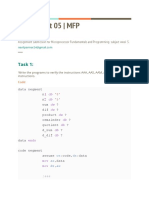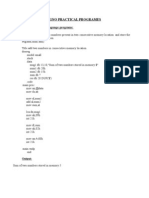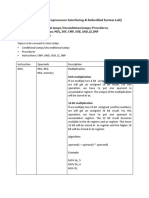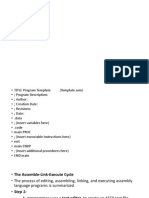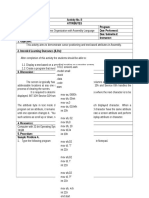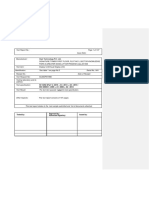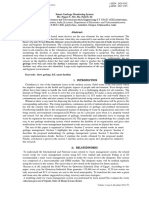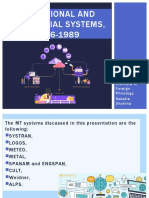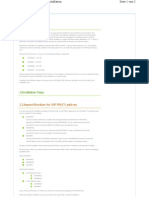0% found this document useful (0 votes)
18 views10 pagesMP Project
This project report details the development of a simple calculator program in Assembly language that performs basic arithmetic operations on the x86 architecture using MASM. The project aims to enhance understanding of low-level programming techniques, including input handling, operation selection, and arithmetic logic implementation. Future improvements suggested include multi-digit input, error handling, floating point operations, GUI integration, and support for negative numbers.
Uploaded by
Md. Nasimul Islam NihalCopyright
© © All Rights Reserved
We take content rights seriously. If you suspect this is your content, claim it here.
Available Formats
Download as PDF, TXT or read online on Scribd
0% found this document useful (0 votes)
18 views10 pagesMP Project
This project report details the development of a simple calculator program in Assembly language that performs basic arithmetic operations on the x86 architecture using MASM. The project aims to enhance understanding of low-level programming techniques, including input handling, operation selection, and arithmetic logic implementation. Future improvements suggested include multi-digit input, error handling, floating point operations, GUI integration, and support for negative numbers.
Uploaded by
Md. Nasimul Islam NihalCopyright
© © All Rights Reserved
We take content rights seriously. If you suspect this is your content, claim it here.
Available Formats
Download as PDF, TXT or read online on Scribd
/ 10
























